
Presenting a new series: Formulator's Corner, where we build our own formulas using our favorite ingredients that the market is missing!
Allow us to introduce a new series on the PricePlow blog — Formulator's Corner. Have you ever looked at a formula and thought, "This looks good, but adding 'X' or swapping 'Y' for 'Z' could make it better?" We certainly have, and in Formulator's Corner, we discuss unique ingredient combinations that we think will bring new benefits to consumers. The focus of these formulas can range from pre-workouts to recovery and general health. But they'll look to do something new that we haven't exactly seen come to market just yet.
In the first edition of Formulator's Corner, we dip our toes into nootropics — specifically, a formula that, when added to your cup of coffee, can elevate the mental benefits even more.
Coffee + Nootropics: Making a Cup o’ Joe Better!
Though cultural and societal differences tend to dictate the popularity of different consumer goods across the world, coffee transcends most bounds. Coffee beans are one of the world's most popular products — according to market research firm Azoth Analytics, the global coffee market is worth an estimated $465.9 billion — with most buyers interested in using the beans for coffee drinks.[1,2] Approximately 75% of American adults drink coffee, with roughly 49% reporting daily consumption.[3]
Caffeine for mental and physical performance... but can we do more?
The caffeine content inside provides a reliable source of energy.[4] Caffeine is particularly useful for athletes — research shows it can improve athletic performance, cognition, insulin sensitivity, and thanks to additional bioactive constituents, even muscle recovery.[5,6] Add to that calculation a strong profile of essential nutrients and a potential decrease in risk of disease-related mortality,[7,8] it's no wonder coffee is a drink so many turn to.
Introduce a little cognitive boost... (supp industry rise of nootropics)
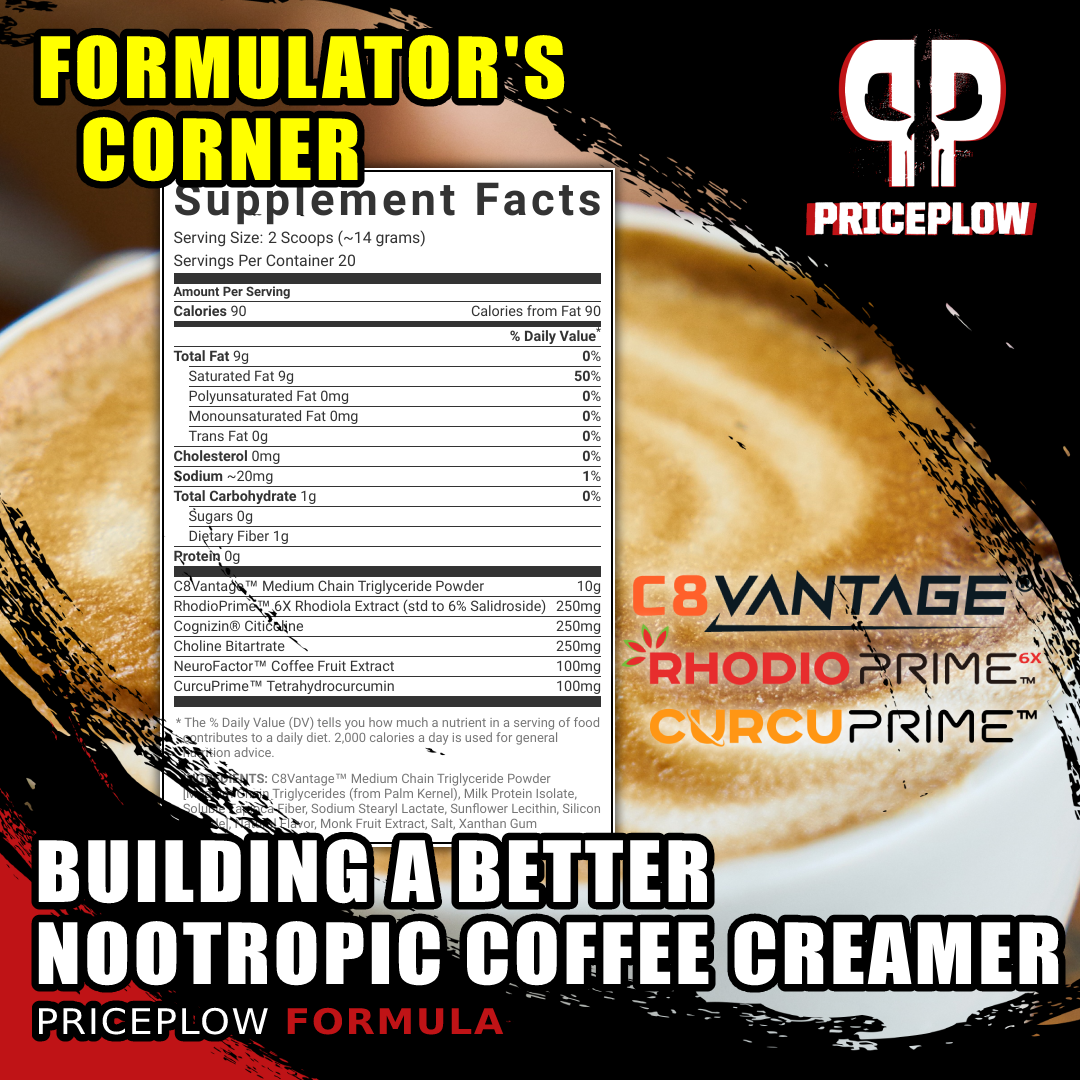
In our first Formulator's Corner installment, we build a better MCT Creamer using ingredients the rest of the market is missing - chiefly, C8Vantage MCT Powder!
Though coffee has focus and cognitive-boosting capabilities,[9] the sports supplements industry offers quite a few ingredients that are more potent in this regard. Nootropics are highly sought-after ingredients and products in the industry. Appealing to consumers looking to boost focus, improve mental energy and clarity, and support proper brain functioning, this category is growing rapidly.
We've seen brands take a variety of roads in providing effective nootropics. Some create potent focus-based formulas aimed at getting you zoned-in for a workout, work presentation, or study session. Others design products for mental acuity and fast decision-making, evidenced in the growing gaming market. We've also seen nootropics concerned with neurotransmitter production, regulating brain chemistry to improve cognition and stress levels.
With a spectrum of nootropic ingredients, this corner of the market presents a rather wide field to play in. Formulators often turn to ingredients like choline, Rhodiola, tyrosine, and various herb and fruit extracts to differentiate their product from the rest of the pack. Sometimes brands go even further outside the box, too, with neuroprotective agents like exogenous ketones finding their way into innovative formulas.[10]
Nootropic ingredients are often used in conjunction with stimulants to boost both energy and cognition simultaneously. We see this in many popular pre-workouts, but this synergy can be achieved using coffee, too!
Putting them all together...
Mixing additional nootropic ingredients into coffee has the potential to create a powerful mind-boosting drink - while allowing you to keep your coffee ritual. The coffee's caffeine energizes and stimulates the brain while the added nootropics bring their own effects into play, powering-up an average cup of coffee into something more intense. This yields more nootropic focus without more pills to swallow.
Pre or post: add nootropics to the grounds or to a creamer?
There are two ways to go about this - pre or post-brew: Numerous brands enhance coffee beans, combining nootropics into the coffee grounds. While convenient for black coffee drinkers, this seems wasteful, since not all of it will make it into your cup. Others go for their brain-boost by adding nootropics into coffee creamers, which many of us use to flavor our drink.
We're going to go the creamer route, which will allow us more ingredients and better taste.
The existing stuff is good, but...
In terms of nootropic coffee creamers on the market, there's room for improvement. While the nootropics frequently added — cognitive-boosting mushrooms, curcumin, forms of choline, etc. — are typically used with good intention, they bring benefit at a cost. Some of these ingredients may enhance the health effects, but they don't taste good and can be difficult to mask in a formula that's supposed to improve the flavor of coffee.
No offense, but we don't want curry and mushrooms with vegan creamer sprayed against pea protein added to our coffee!
PricePlow’s Concoction: Boost Cognition Without Sacrificing Taste!
Thankfully, the sports supplement industry has a plethora of better nootropic ingredients at its disposal. So, why not look toward ingredients that may actually enhance coffee in its totality — both in terms of cognitive benefits and flavor?
After some brainstorming, Team PricePlow have come up with a coffee creamer formula that does just that. Our suggested concoction includes high-quality variants of multiple ingredients:
- Medium-chain triglycerides (MCTs) in the form of C8Vantage from NNB Nutrition. This inclusion mainly dictates flavor and texture, but also adds some cognitive benefits of its own.
- RhodioPrime 6X, NNB Nutrition's standardized Rhodiola extract is standardized to a massive 6% salidroside — one of the highest standardizations of the herb's main bioactive compound that we've seen
- A choline complex formed via Cognizin Citicoline and choline bitartrate, which is leveraged for memory, focus, and neurotransmitter activity
- NeuroFactor, a patented coffee fruit extract from FutureCeuticals, to double-down on coffee's brain-boosting effects
- CurcuPrime, NNB Nutrition's tetrahydrocurcumin ingredient that's more bioavailable, better tasting, and pairs better with the choline sources than the often-used curcumin
In short, we're using a better MCT creamer, Rhodiola over mushrooms, and a complex of ingredients to charge up your acetylcholine ("learning neurotransmitter") levels.
This mixture has the potential to significantly improve the mental power that coffee delivers, perhaps even more so than other nootropic coffees or coffee creamers out there. These ingredients are easier to flavor with, an important factor in creating an effective and great-tasting coffee creamer.
Below, we dive into the benefits that our Formulator's Corner formula could bring by looking at each ingredient one by one. An important note first: though some of these ingredients have effects in areas outside of cognition, for the purposes of this post, we're going to focus specifically on the mental and cognitive benefits!
Let's get to it!
Our Nootropic Coffee Creamer Ingredients
The following would be broken into two-scoop servings, allowing users to opt for smaller or larger cups:
-
C8Vantage (Caprylic Acid Triglycerides) - 10g
Presenting PricePlow's MCT Coffee Creamer done right. Note that this label would need some tweaks as the formula was flavored and verified.
Medium-chain triglycerides (MCTs) are a group of glycerides that have three fatty acid chains attached to a glycerol backbone. There are four main types of MCTs, differentiated by their length — caproic acid (C6), caprylic acid (C8), capric acid (C10), and lauric acid (C12).[11-13] MCTs are relatively short in length, which allows them to be metabolized quickly in the body.[14] This makes them an efficient source of fuel because they convert to usable energy for the brain and body at a faster rate than other fats.
Besides being used to fuel the body, MCTs also have cognitive-boosting capabilities. Thanks to their unique metabolization, MCTs are converted into ketone bodies, which can serve as an alternative fuel source in the place of glucose. Though often discussed in the context of the ketogenic diet (due to severely low access to glucose, ketones are the primary source of energy), ketones produced in the body or taken exogenously can still be used as an effective source of fuel even by non-ketogenic dieters.
“Brain-boosting” capabilities of ketones
Ketones are particularly useful as an energy source for the brain. According to a 2016 study published in the Federation of American Societies for Experimental Biology Journal, humans have an astrocyte-neuron shuttle that specifically moves ketones from cells in the central nervous system (CNS) to neurons.[15] Thus, ketones serve as an effective "brain fuel", with MCTs presenting an excellent means of generating them in the body.[16]
Prepare to learn everything you need to know about MCT Oil, or Medium Chain Triglycerides
Due to its relation with brain functioning, much of the research interested in the cognitive effects of MCT ingestion relies on neurodegenerative disease models, such as Alzheimer's disease (AD), an illness in which glucose uptake in the brain is severely hindered. It's one of the more frequently chosen bases of design. This makes sense because if cognitive functioning improves when using MCTs, researchers believe it's due to MCT-generated ketones feeding the glucose-impaired brain.
In a clinical trial published in a 2004 edition of Neurobiology of Aging, researchers tested the effects of MCTs in memory-impaired adults. On two different days, 20 subjects were given either a drink containing 40 milliliters of MCT oil or a placebo prior to being assessed on the Alzheimer's Disease Assessment Scale-Cognitive Subscale (ADAS-cog).[17] They found that MCT treatment significantly increased levels of the ketone beta-hydroxybutyrate 90 minutes after administration.[17] These increases in ketones significantly improved ADAS-cog scores compared to placebo, though this improvement was only seen in individuals who did not possess APOE4 (a genetic risk factor of AD).[17]
Improved brain metabolism
A 2018 study published in the Journal of Alzheimer's Disease conducted a slightly different experiment, treating AD patients with MCTs but instead of measuring cognition via ADAS-cog, they measured brain metabolism. Researchers used two different MCT supplements, each holding different concentrations of fatty acids, and tested brain ketone and glucose uptake. They found that both MCT oil variants increased blood ketones, brain ketone uptake, and total brain metabolism without any changes in glucose uptake.[18] These findings support the notion of using MCTs to fuel the brain, which can help aid cognition, particularly in cases in which a boost is desperately needed.
MCTs do much more than support healthy cognition, however. We highly recommend reading through our ingredient analysis: MCT Oil: The Dietary Fat Source Built for Efficient Energy.
C8Vantage - superior ketone production via high-quality caprylic acid
C8Vantage is NNB Nutrition's pure MCT powder that contains almost exclusively one type of MCT, caprylic acid (C8). Made from natural palm oil, C8Vantage undergoes advanced processing that removes C10, C12, and any long-chain fatty acids. This yields a vegan-friendly, non-GMO MCT powder that's stripped of other acids that don't measure up in terms of ketone production.
In an acute crossover study published in a 2017 edition of Current Developments in Nutrition, researchers found that MCT oil consisting of 95% C8 produced significantly more ketones than other common MCT oils. MCT C8 raised ketones:
- 300% higher compared to coconut oil (3% C8, 5% C10)
- 75% higher than a 50% C8, 50% C10 mixture
- 21% higher than a run-of-the-mill MCT oil (55% C8, 35% C10).[19]
Understanding that C8 is superior in ketone production compared to other MCTs, NNB Nutrition created one of the only products on the market that is almost exclusively C8, as opposed to an MCT mixture.
Plant-based and dairy-based options!
MCT yielded incredible memory improvements in memory-impaired adults without the APOE-ε4 allele.[17]
To yield a powdered end-product, NNB uses plant-based fibers and proteins, leaving it with virtually no effect on blood glucose or insulin levels and extremely allergen-friendly. Originally, C8Vantage was exclusively vegan, too — it was sprayed against pea protein in the powdering process.
However, NNB now offers a dairy-based option, in which C8Vantage utilizes a milk protein in place of a pea variant. This gives the product a creamier taste and texture...making it a great binding agent in a dairy-based protein powder, or for our purposes, an excellent base for an MCT coffee creamer!
If we were to formulate this product, you know for sure that we'd be using the dairy-based option. It simply tastes and mixes better, and doesn't seem to cause GI upset in our personal dairy-sensitivity tests.
-
RhodioPrime 6X (Rhodiola Crenulata) (Std. 6% Salidroside) - 250mg
Rhodiola, a species of adaptogenic herbs native to the high-altitude, low-temperature areas of northern Europe and Asia, has been used for centuries,[20] with anecdotal uses as a mood-enhancer and vitality-promoter in traditional Chinese medicine and other cultural practices. Rhodiola was especially popular with Scandanvian vikings![20,21] Thanks to advancements in modern technology, we now understand the herb at a deeper level and see that it does have cognitive effects.
Rhodiola: The Adaptogen Powered by Salidroside. In this article, we dive deep into rhodiola, and take a different approach to the adaptogenic herb!
Though Rhodiola has eight main bioactive compounds, much of its cognitive capabilities are tied to two specific compounds, rosavin and salidroside.[22] The concentrations of these two bioactives differ across the Rhodiola family — Rhodiola rosea and Rhodiola crenulata are the two variants we see most often in supplements, with the latter being higher in salidroside content.[20,22]
Though research suggests that a synergy between rosavin and salidroside exists,[23] scientific literature is beginning to see salidroside as the main force behind Rhodiola. In isolation, salidroside has displayed benefits that rosavin has failed to show.[24] As such, though the two accomplish a multitude of things together, salidroside typically receives more of the credit due to the biological actions it takes:
- Increases long term potentiation (LTP) of synaptic transmission in the hippocampus via stimulating pyramidal cell activity. LTP is a critical cellular mechanism that lies at the center of memory and learning.[24]
- Mediates the mammalian target of rapamycin (mTOR) pathway in ways that promote healthy cell proliferation and attenuates the growth of damaging cells.[25,26]
- Regulates hypoxia inducible factor-1 (HIF-1) expression, helping to move oxygenated blood in the brain and body.[27,28]
- Modulates the release and uptake of key neurotransmitters (dopamine, norepinephrine, epinephrine, histamine, and serotonin). These amines serve as chemical messengers in the CNS, regulating mood, emotions, motor function, among other things.[29-32]
- Inhibits monoamine oxidase (MOA),[32] facilitating neurotransmitter reuptake.
- Increases neuropeptide Y activity, a major cognitive signaling agent found in the cortex, hippocampus, and hypothalamus.[33,34]
Salidroside takes multiple avenues of action, giving Rhodiola the ability to influence cognition in a multifaceted manner.
Attenuates mental fatigue
In a 2000 edition of Phytomedicine, researchers tested the effects of Rhodiola supplementation in individuals who were taxing their mental energy (university students studying for exams). In this double-blind, placebo-controlled experiment, half of the students were given 100 milligrams of Rhodiola for 20 days, while the other half was given a placebo. At the conclusion of the 20-day treatment period, the students who had taken Rhodiola displayed significant improvements in markers of mental fatigue — cognition, mental clarity, physical fitness, and general well-being — compared to placebo.[36]
Additional research published in a 2003 Phytomedicine study found that acute dosing of Rhodiola is similarly effective in this manner. In college students, single doses of both 370 milligrams and 555 milligrams markedly improved markers of mental and physical fatigue, compared to placebo.[35]
Relieves stress and symptoms of mood disorders
Of course, the students in the placebo groups in the previous two studies likely faltered in areas of mental energy due to the stressful periods they were in at the time of their respective procedures. Excess levels of stress can have a significant effect on our overall mental health, making it difficult to function both cognitively and physically. Rhodiola achieves much of its vigor-related effects due to an ability to relieve stress and support mental health.
In a 2015 study published in Phytotherapy Research, researchers at the University of Surrey in the United Kingdom split eight volunteers battling mild stress and anxiety into two groups — one received a 200 milligram dose of Rhodiola twice daily, the other was given a placebo. After 14 days, the scientists found that those given the adaptogenic herb showed significant improvements in symptoms of stress, anxiety, anger, confusion, and depression, as measured by self-reported assessments, compared to placebo.[38] These findings corroborate those of an earlier study published in a 2012 edition of Phytotherapy Research. Also comparing a 200 milligram, twice-daily treatment against placebo, this study found significant improvements in areas of stress not only after four weeks of supplementation,[37] but in as little as three days after the study began.[37]
MAO Inhibition
Rhodiola: Our favorite feel-good herb with some additional workout boosting properties, thanks to the salidroside inside. Image courtesy Wikimedia
Rhodiola's action as a MAOI explains some of what's going on here, influencing neurotransmitter reuptake in ways that address the chemical imbalances linked to chronic stress and depression.[39] Research suggests that Rhodiola can potentially be used in antidepressant applications for this very reason.[40] In a 2007 edition of the Nordic Journal of Psychiatry, researchers tested daily doses of either 340 milligrams or 680 milligrams of a standardized Rhodiola extract in volunteers fighting depression. Scores in two tests of depression severity — the Beck Depression Inventory (BDI) and the Hamilton Rating Scale for Depression (HAMD) — were taken at the onset of the study and 42 days after treatment. They found that both groups saw 65 to 70% reduction in HAMD scores, with the higher-dose group showing slightly superior improvements in BDI scores.[41]
With Rhodiola also showing the ability to improve serotonin production and reception via 5-HT1A receptor stimulation (the receptor that activates this mental health-promoting neurotransmitter) Rhodiola has an extensive cognitive effect.[42]
Because of the above effects, we wouldn't recommend this ingredient to anyone on an SSRI or other strong pharmaceutical behavioral drugs.
Want to dive a little deeper into Rhodiola? We've got you covered — check out our blog post: Rhodiola: The Salidroside-Powered Adaptogen of the Vikings.
RhodioPrime 6X from NNB is 6% salidroside
With salidroside receiving credit for much of what this adaptogenic herb does, a Rhodiola extract that prioritizes its presence is slightly more appealing than other extracts. NNB offers perhaps one of the market's most potent Rhodiola ingredients in terms of salidroside content in RhodioPrime 6X. This Rhodiola crenulata extract is standardized to be at least 6% salidroside, delivering more of the main bioactive constituent of Rhodiola than most extracts on shelves. RhodioPrime 6X is also lab-tested and unadulterated, something that bears more weight in this case considering the mass adulteration that exists in Rhodiola extracts.
In opting for RhodioPrime 6X here, we're leveraging an extremely strong, high-quality Rhodiola extract for stress relief and mental energy. Being able to get these effects in a great-tasting cup of coffee helps set us up for the day, clearing our mind while working with caffeine to shift us into gear.
-
Cognizin Citicoline (Cytidine 5'-Diphosphocholine) - 250mg
Citicoline, also known as cytidine 5'-diphosphocholine (CDP-choline), is a highly bioavailable form of choline. Choline is an essential nutrient that's a precursor to acetylcholine,[43] which is oftentimes referred to as the "learning neurotransmitter" due to its relevance in facilitating muscle contractions and CNS functions, such as memory, learning, and attention.[44,45] Increasing the availability of this vital neurotransmitter can significantly improve cognition and mental focus.
Citicoline is roughly 18% choline by weight — it consists of choline bonded to cytidine. This form of choline actually has nootropic capabilities outside of increasing acetylcholine production. It can also increase norepinephrine and dopamine levels, in addition to dopamine receptor density. Norepinephrine regulates memory and focus, while dopamine (sometimes called the "feel good" neurotransmitter) facilitates pleasure and motivation. Thus, citicoline provides the brain with multiple chemicals it needs to operate properly.
-
Choline Bitartrate - 250mg
Choline bitartrate is another form of choline and is approximately 40% choline by weight.[46] Research is a bit less conclusive on this variant, with the ingredient yielding mixed results.[46,47] Though it still yields acetylcholine, this form of choline does not cross the blood barrier as effectively as other choline ingredients,[46] such as citicoline or alpha-GPC.
Choline bitartrate, however, is much more cost-effective than other choline variants. That, in addition to it still having some effect, awards it some level of credibility. As a standalone choline source in a larger supplement, it may not be the best option. But in a product driven mainly by citicoline, it can complement acetylcholine enhancements, as opposed to dictating them. For whatever reason, we simply get better effects from choline blends.
Besides, cost is an important point, too. A high-cost coffee creamer isn't necessarily all that attractive, regardless of how effective it may be. With a few other premium ingredients in this formula, we're opting for choline bitartrate to play second-fiddle to citicoline and keep costs reasonable.
-
NeuroFactor [Coffee Berry Extract (Coffea Arabica) (Fruit)] - 100mg
NeuroFactor, a trademarked Coffee arabica extract from FutureCeuticals, is among the more popular innovative ingredients in sports supplements. It's mainly used to boost focus and cognition, making it an excellent inclusion in our formula.
NeuroFactor is one of the newest brain-boosting nootropics on the market with some pretty intriguing research behind it.
These capabilities of NeuroFactor are directly related to its ability to raise brain-derived neurotrophic factor (BDNF) levels. BDNF is a molecule that facilitates learning and memory adaptation, with higher levels of BDNF relating to improved cognitive function.[48] It helps promote differentiation of neurons, while also serving as a neuroprotectant, particularly in the face of issues such as neurotoxicity and psychiatric diseases.[48,49]
Low levels of BDNF increase the risk of developing neurodegenerative conditions like Alzheimer's disease, Parkinson's disease, and obsessive-compulsive disorder (OCD).[49] Research shows the coffee fruit extract can raise BDNF, suggesting improved cognitive function and the promotion of long-term brain health. In a study published in a 2013 edition of the British Journal of Nutrition, human volunteers given 100 milligrams of coffee fruit extract displayed increased plasma BDNF levels of 143% compared to baseline.[49]
Improving cognitive function of a cup of coffee with an ingredient literally made from coffee beans? Sounds like a fitting inclusion to us. NeuroFactor is an incredibly potent ingredient in sports supplements that has some strong research backing it, and we simply couldn't leave it by the wayside here.
-
CurcuPrime (Tetrahydrocurcumin) - 100mg
Remember when we said we didn't want our product tasting like curry? This ingredient solves that problem, and brings its own brain-boosting effects to boot.
Also known as curcuma longa, turmeric is the root where we get curcumin... but we don't want our coffee to taste like it!
Turmeric, also known as Curcuma longa, is an herb that's been used for centuries across many practices as an anti-inflammatory, antimicrobial antioxidant. It's main bioactive constituent, curcumin, has received much of the credit for these effects, with research showing it can help aid metabolic health, organ function, and joint inflammation.[50] However, research has also found that turmeric is rapidly metabolized in the body, and thus, has poor bioavailability.[50] While it does work, it takes quite a bit of it to get the job done.
Tetrahydrocurcumin (4-HC), which is a natural metabolite of turmeric, is a much more efficient form of curcumin. In a 2014 review published in Molecules comparing 4-HC to curcumin, researchers found that 4-HC is both much more bioavailable and a stronger antioxidant than curcumin.[51] Being a more favorable form of curcumin, which is a bioactive that has a wide reach in terms of health benefits, it stands to reason that 4-HC shares characteristics in both strength and versatility. Capable of fighting free radicals,[52] regulating blood sugar,[53] and modulating blood lipid levels,[54] this notion rings true.It also has cognitive benefits, too.
Improved acetylcholine protection!
We touched on acetylcholine production a bit earlier, but we didn't discuss the enzyme that degrades it. Acetylcholinesterase (AChE) deactivates acetylcholine in the brain, making the means of inhibiting this enzyme beneficial to acetylcholine activity. In the 2014 Molecules review previously mentioned, 4-HC was shown to inhibit AChE almost two times better than curcumin.[51] Working synergy with the two choline ingredients in this formula, 4-HC helps maintain the acetylcholine boosts those other two ingredients yield.
We see too many choline-based supplements not offering an "acetylcholine defender". Those that we do see are using Huperzine A, but we're opting for CurcuPrime as a better anti-inflammatory twist that's in line with other coffee creamers - only better.
Additional research has cited potential neuroprotective benefits. In a 2008 study published in Inflammopharmacology, researchers tested the effects of 4-HC in a model of Parkinson's disease induced in mice. Using 1-methyl-4-phenyl-1,2,3,6-tetrahydropyridine (MPTP) to simulate the model, the mice saw increases in monoamine oxidase activity that, among other things, led to reductions in dopamine levels. 4-HC administration was able to attenuate these neurotoxic effects, reversing MPTP-induced depletion of dopamine.[56]
Regular curcumin is equally effective in reducing interleukins related to inflammation[57] and is able to reduce amyloid plaque burden and insoluble beta-amyloid peptides,[57] but we find that the taste is simply not worth it.
In most respects, 4-HC performs much better than curcumin simply due to the body being more capable of absorbing and using it. For more on 4-HC, check out our in-depth ingredient analysis: Tetrahydrocurcumin: A More Potent Alternative to Curcumin?
CurcuPrime, NNB Nutrition’s innovative spin on curcumin (tetrahydrocurcumin)
For our anti-inflammatory source here, we're once again turning to NNB and their highly effective tetrahydrocurcumin formulation, CurcuPrime. This ingredient carries hallmarks similar to other NNB products — 100% purity and unadulterated, lab-verified, potency — in addition to another benefit inherent to 4-HC itself.
If you're at all familiar with turmeric and/or curcumin, you know the two have an earthy taste. CurcuPrime is significantly less pungent, making it easier to include in larger formulas without compromising flavor. Curcumin's curry-like taste, while desirable in some cases, doesn't exactly go well in coffee. Thus, CurcuPrime isn't just a better inclusion in terms of benefits, but in terms of taste, too!
We're only using 100 milligrams here, which is a little below the 200 milligram to 800 milligram per day dosing estimated via research procedures. However, this dose should still be effective, specifically in terms of maintaining acetylcholine levels. Furthermore, two servings (one coming from a mid-day coffee pick-me-up) gets you to that daily range.
Need more later on? Double Down on Ketones With KetoVantage
Each of the six ingredients in our concoction bring nootropic effects to the table, yet, there are even more avenues that you could take later on in the day. One such avenue is by further increasing ketones.
MCT oils, especially the high-quality C8Vantage variant used here, can raise ketone levels in the body. However, that's not the only means by which we can increase the fuel source. In addition to using ingredients that convert into ketones, we can take exogenous ketones. In a 2020 review published to the International Journal of Molecular Sciences, researchers found that in addition to using medium-chain fatty acids to promote the amount of ketone bodies reaching the brain, ketone esters and salts (such as beta-hydroxybutyrate, or BHB) can be just as useful.[58]

KetoVantage is NNB Nutrition's group of D/R-BHB ketone salts that are used to elevate ketone levels more effectively and efficiently than standard mixed (D/L) BHB salts.
Though supplements leveraging BHB and other ketone salts are all over the market, not all of them are optimal. Many of these formulations use minerals like calcium to deliver BHB, neglecting the R-isomer that's typically attached to BHB and is depended upon for efficient bioavailability.
Understanding this deficiency, NNB Nutrition formulated their own BHB supplement called KetoVantage. This ingredient delivers highly bioactive R-BHB with the typical NNB trademarks, and can be used to promote ketone levels in the body. We think KetoVantage could potentially be used in conjunction with our coffee creamer formula and can be leveraged to re-up ketone levels later in the day, perhaps alongside a pre-workout carbohydrate source for some serious pre-workout fuel!
PricePlow’s Take on a Brain-Boosting Coffee Creamer!
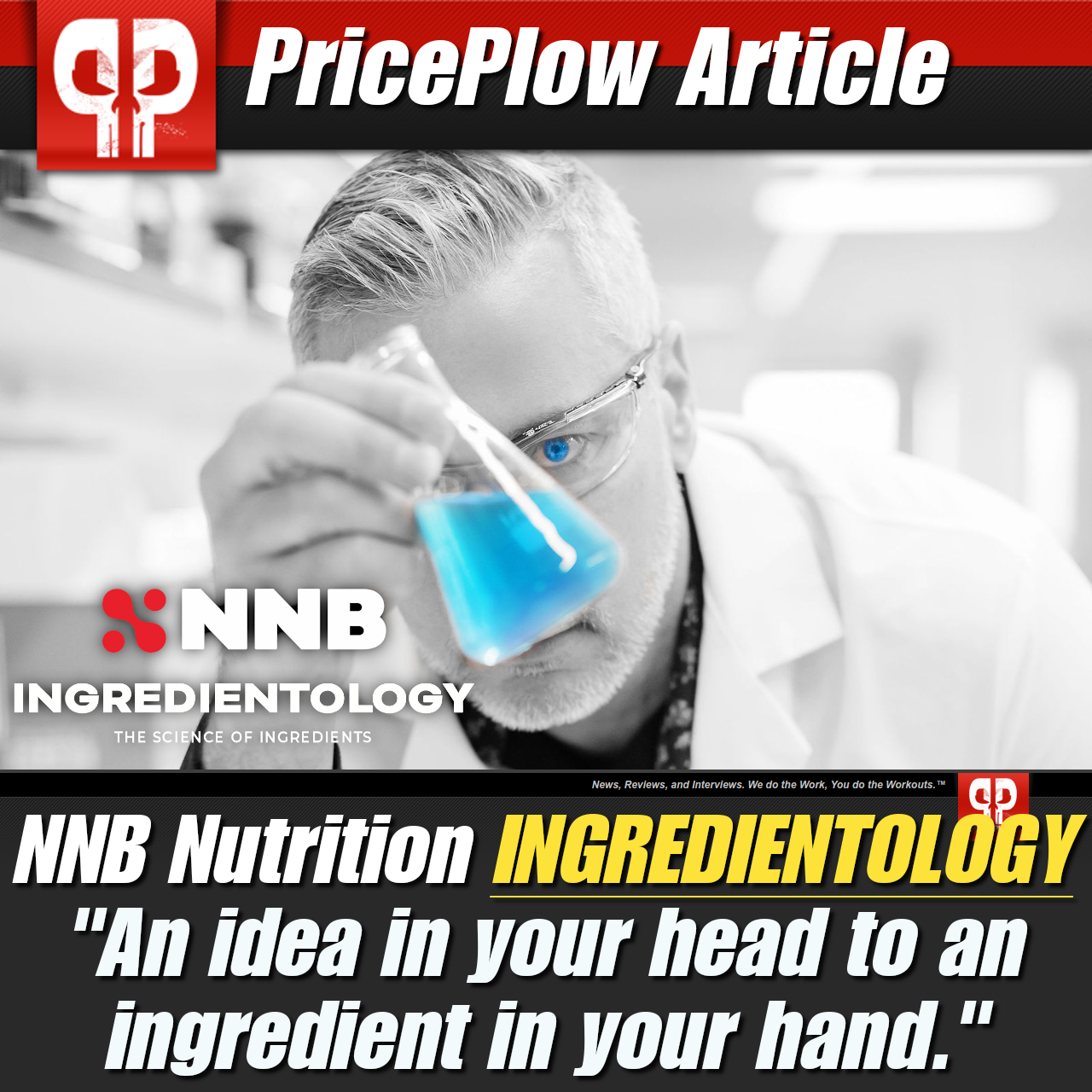
Have an ingredient idea? Team NNB will co-develop it with you! The process is known as Ingredientology.
It's a pretty exciting time to be in the sports supplement industry. Through innovation, flexibility, and sheer perseverance, many brands and manufacturers have been operating in 2021 with significant momentum. We saw this innovation breed new ingredients, partnerships, and products, many of which we've covered on the blog and are huge fans of.
Such ingenuity inspired us to get in on the action in some way, wanting to design our own effective concoctions that we'd love to see. So Formulator's Corner was born — a series of blog posts in which we experiment with and create formulas using some of our favorite ingredients.
In this first edition of Formulator's Corner, we took a stab at creating a strong nootropic coffee creamer that boosts the cognitive effect of a cup of coffee in a creamy, great-tasting manner. Where will we turn our attention to next? You'll have to wait for another edition of Formulator's Corner to find out!

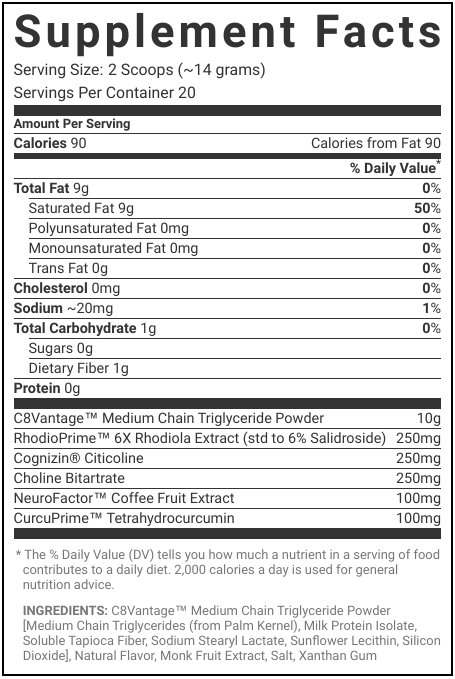
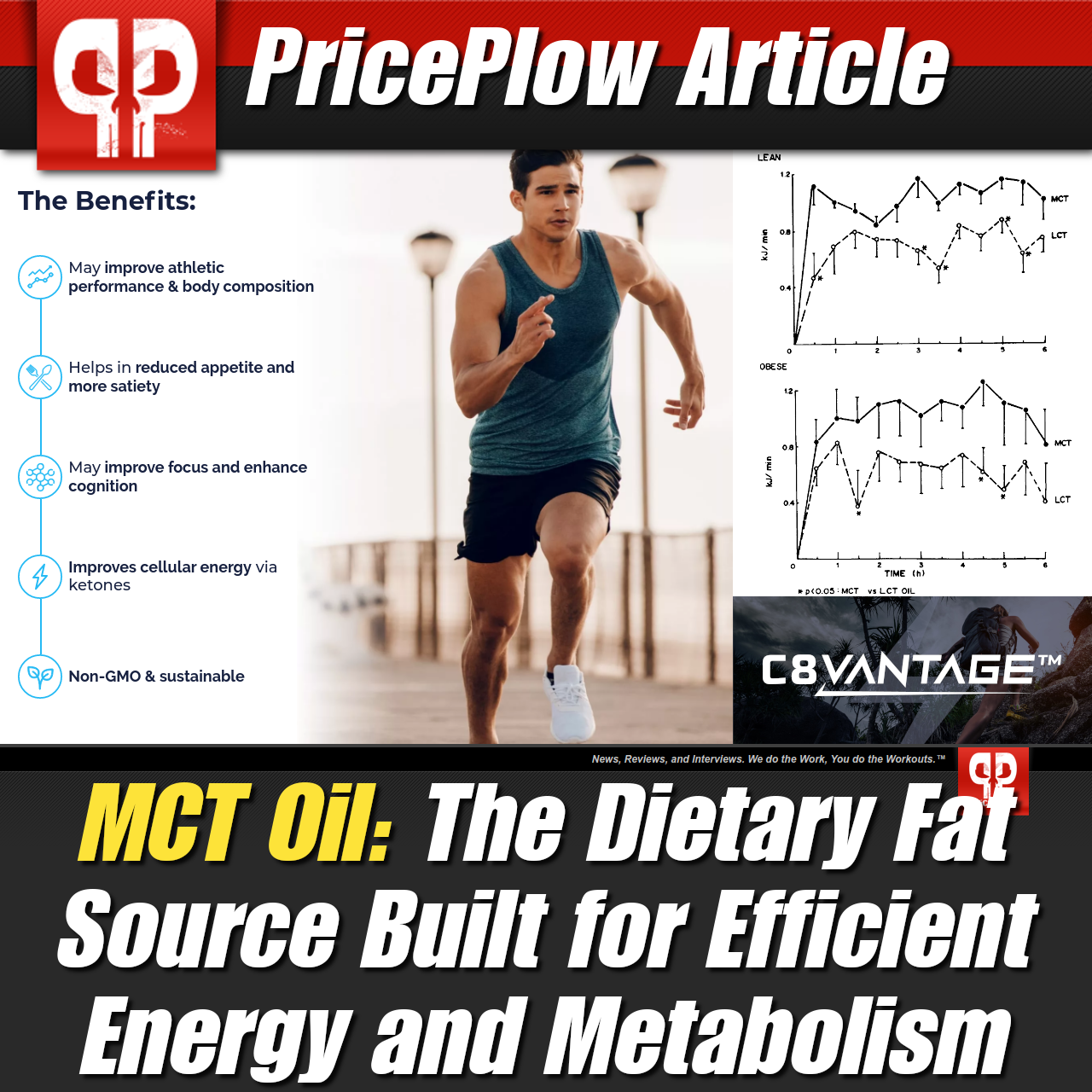
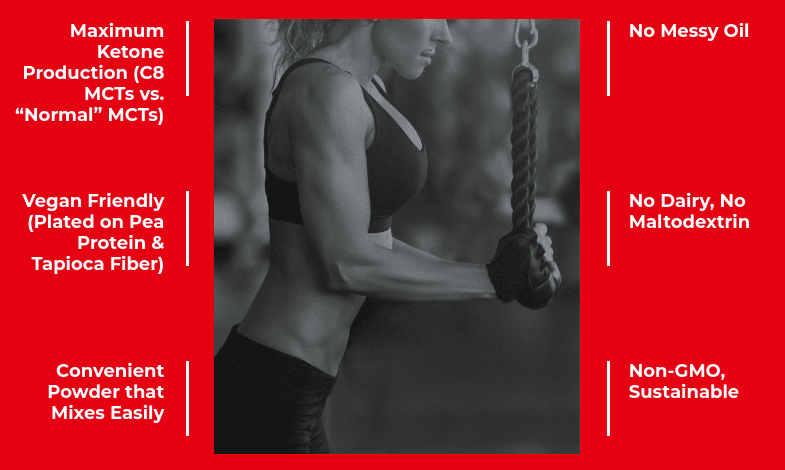
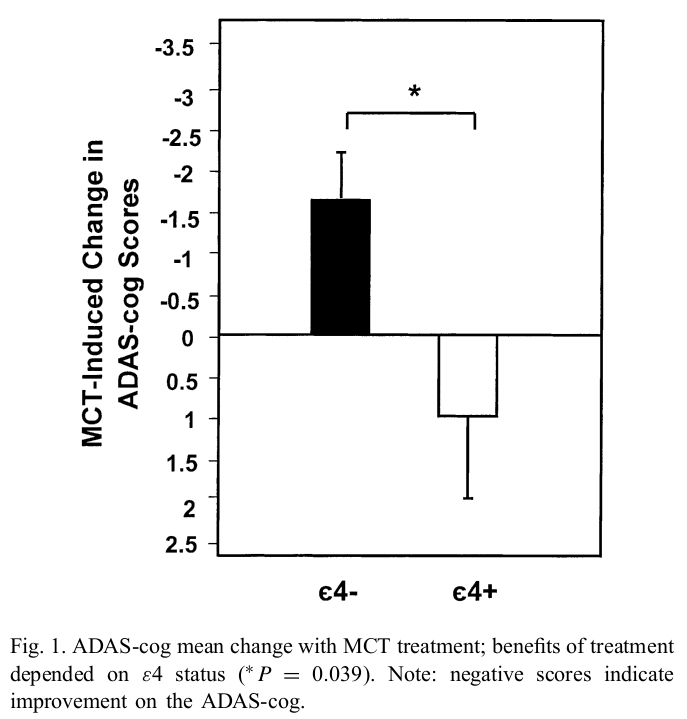
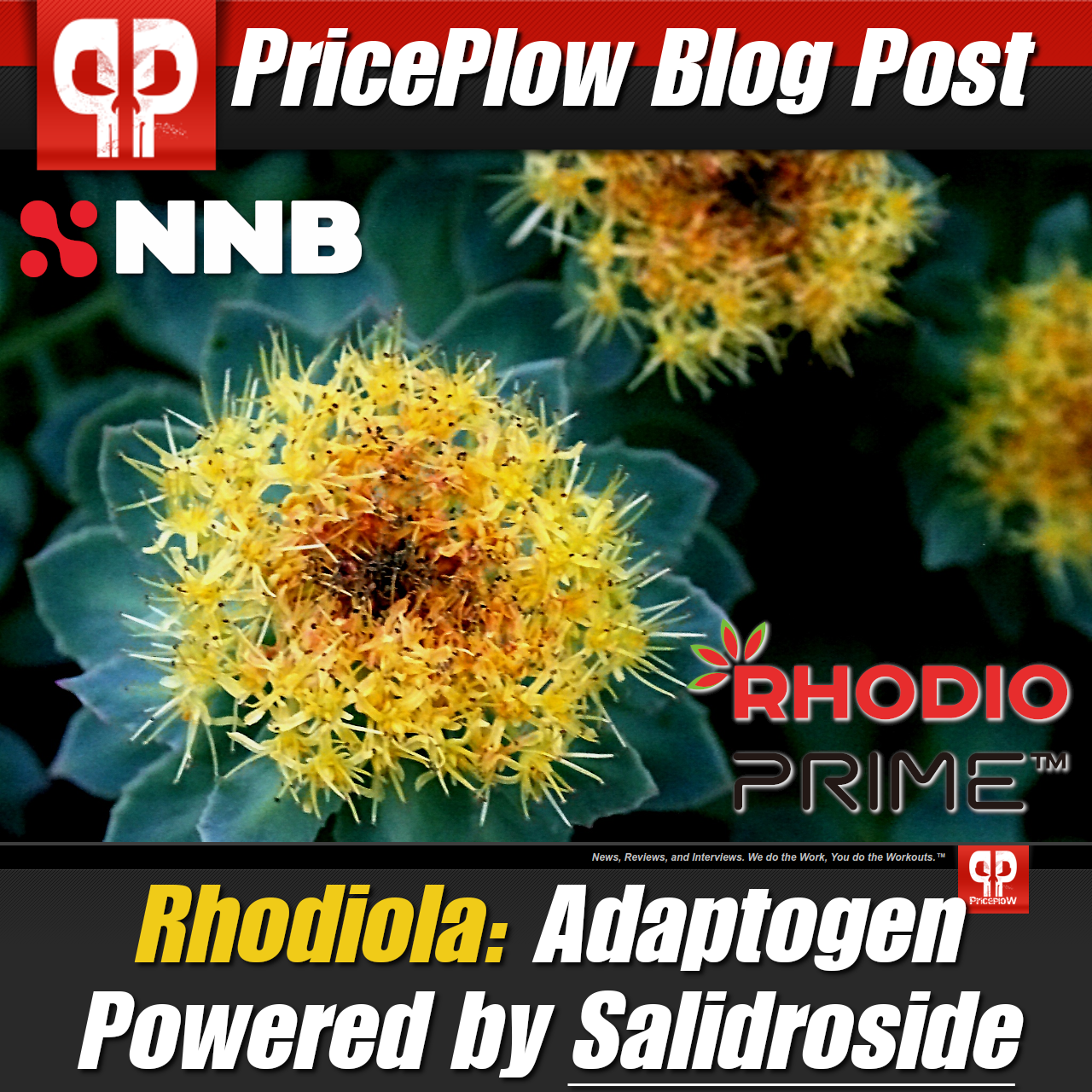
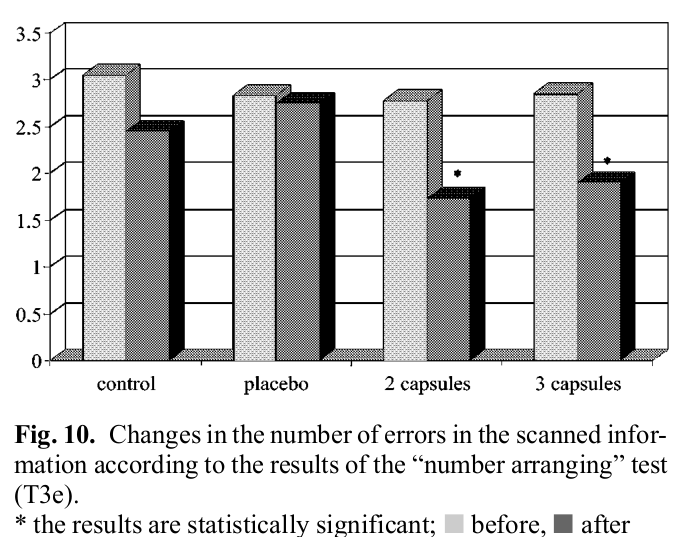
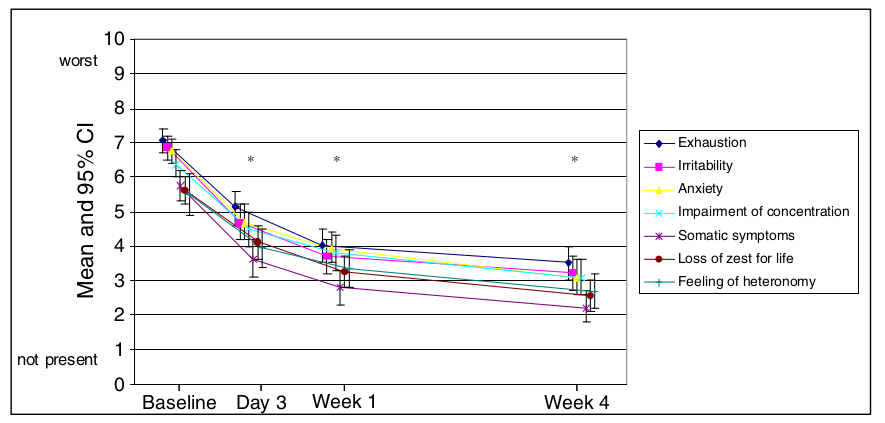

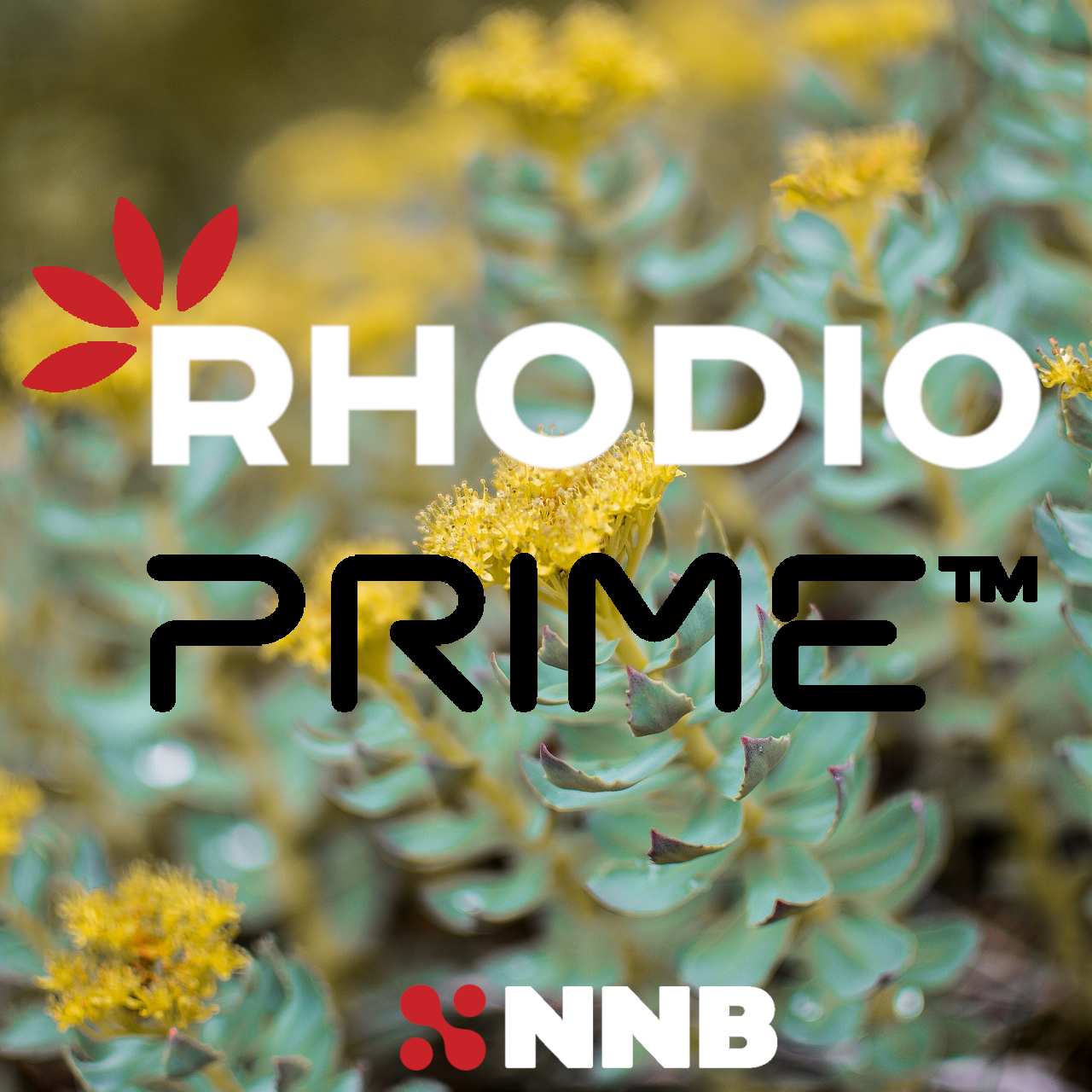
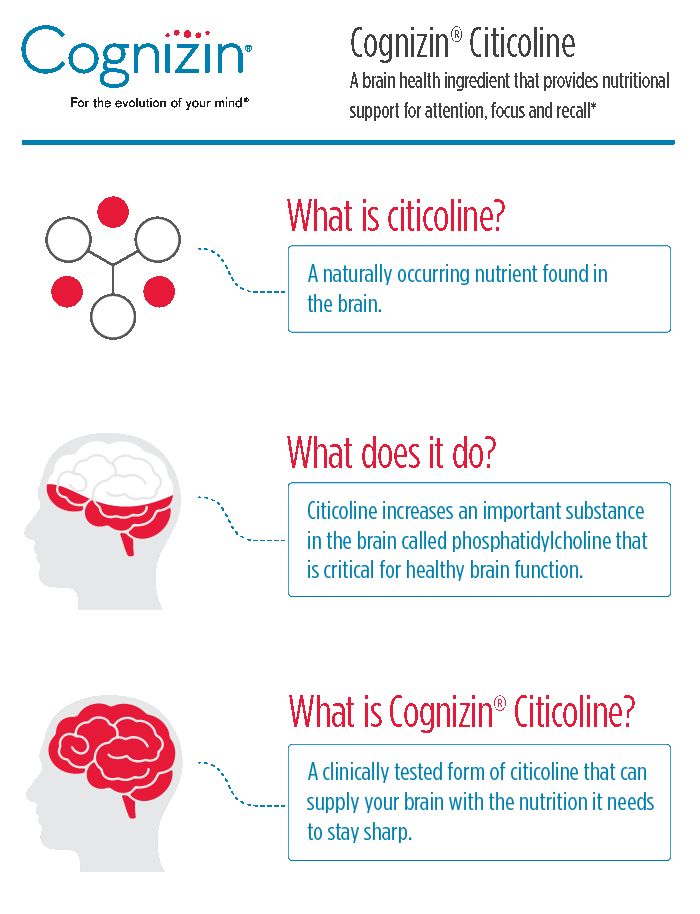
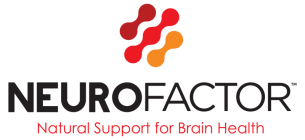

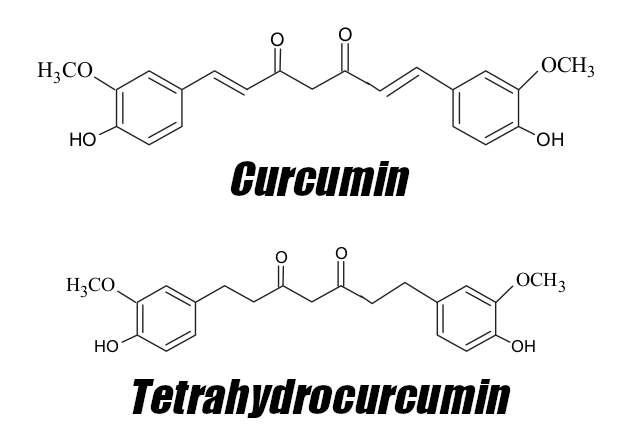
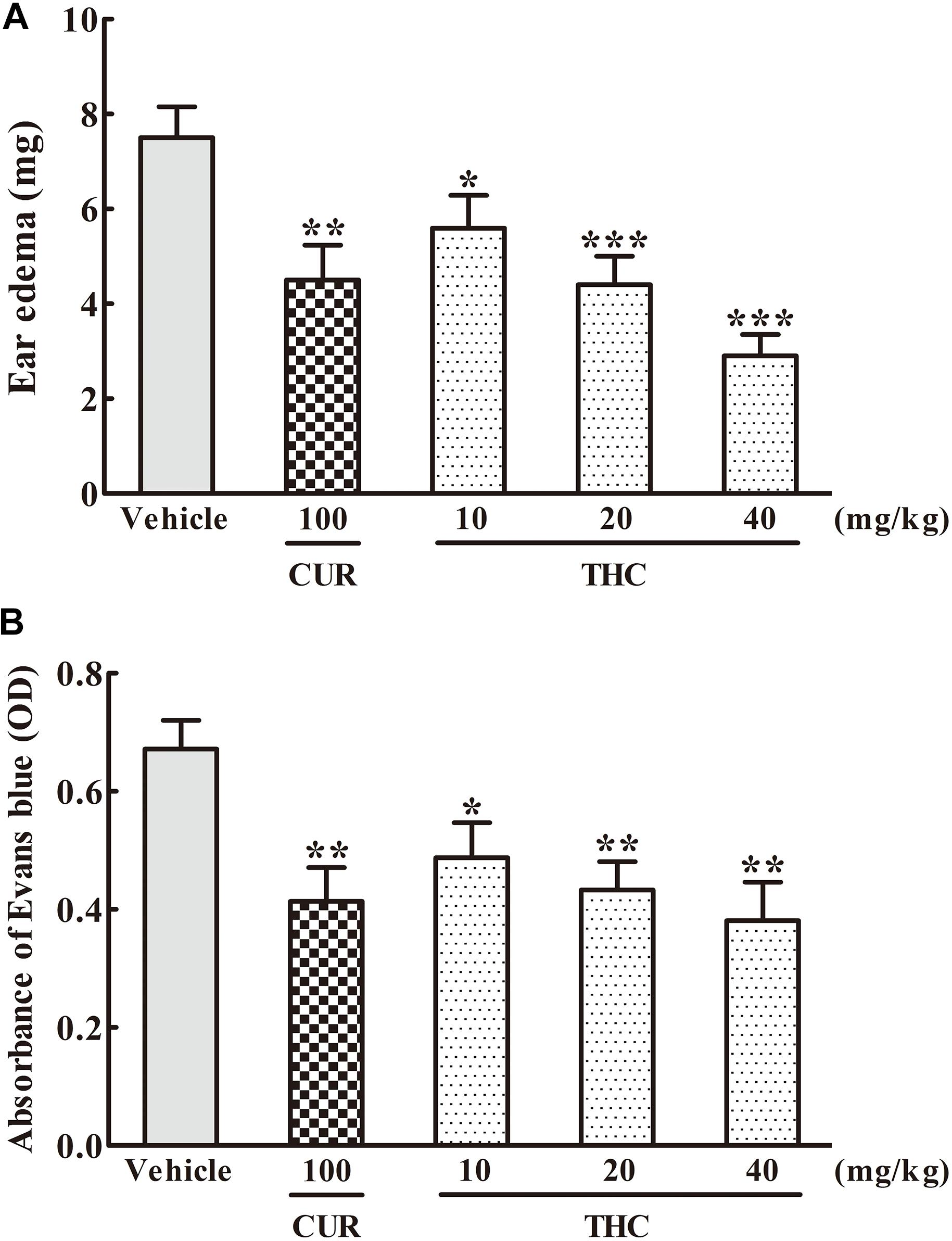
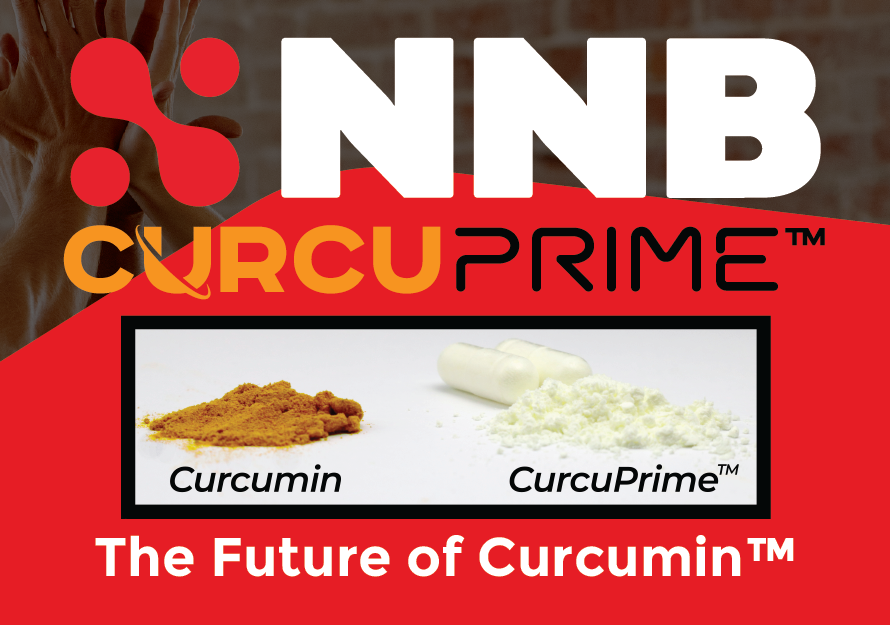


Comments and Discussion (Powered by the PricePlow Forum)